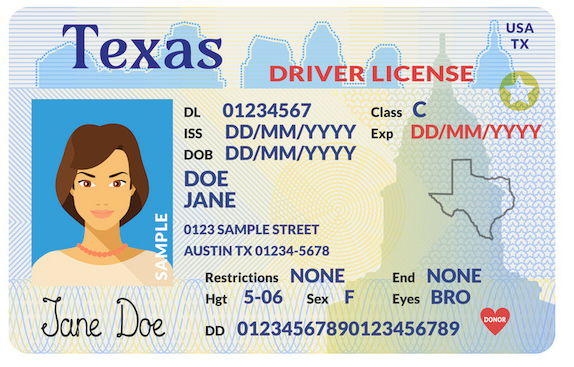More than 15 years after it was enacted, the number of Americans with driver’s licenses or identification cards that are REAL ID-compliant remains low.
The enforcement deadline for the REAL ID Act is drawing near. Starting May 3, 2023, the Transportation Security Admission (TSA) will require travelers ages 18 years old and above to present either the new REAL ID-compliant driver’s license or valid compliant identification cards, to fly domestically. Yet, the number of Americans with Real ID-compliant identification is low. A passport is an acceptable form of identification and may be used in lieu of a REAL ID Drivers License or ID to board domestic flights and visit federal facilities.
The U.S. Congress passed into law the REAL ID Act in 2005, a recommendation from the 9/11 Commission asking the federal government to set standards in terms of the issuance of sources of identification. The Act sets “minimum security standards for state-issued driver’s licenses and identification cards as well as prohibits federal agencies from accepting licenses and identification cards from states that do not meet these standards for official purposes, such as getting through the airport security checkpoint to board a plane.”
Soon after it was enacted, the TSA announced the REAL ID Act as the new identification system to travel domestically. Fast forward to 2020, after more than 15 years of repeated delays and extensions, the number of state-issued driver’s licenses and identification cards that are REAL ID-compliant was only 34%.
Survey data released in 2020 by the U.S. Travel Association showed a lack of awareness regarding the REAL ID-compliant driver’s licenses and cards among Americans, the majority of whom do not have one or are confused about how to get one. As a response, the DHS announced a new implementation date, which was October 21 of the same year. A month after, however, the deadline was pushed back again and was moved to May 3, 2023, due to “circumstances” created by the COVID-19 pandemic.
The agency also launched an awareness campaign in January of last year to encourage Americans to comply. Still, the number of REAL ID-compliant driver’s licenses and identification cards remains low, with 43% having compliant ID at the end of 2021.
The slow adoption seems to revolve around disparities in application procedures among the 50 states, which vary from one state to another.
To know more about the process, visit TSA’s official webpage at REAL ID | Transportation Security Administration


